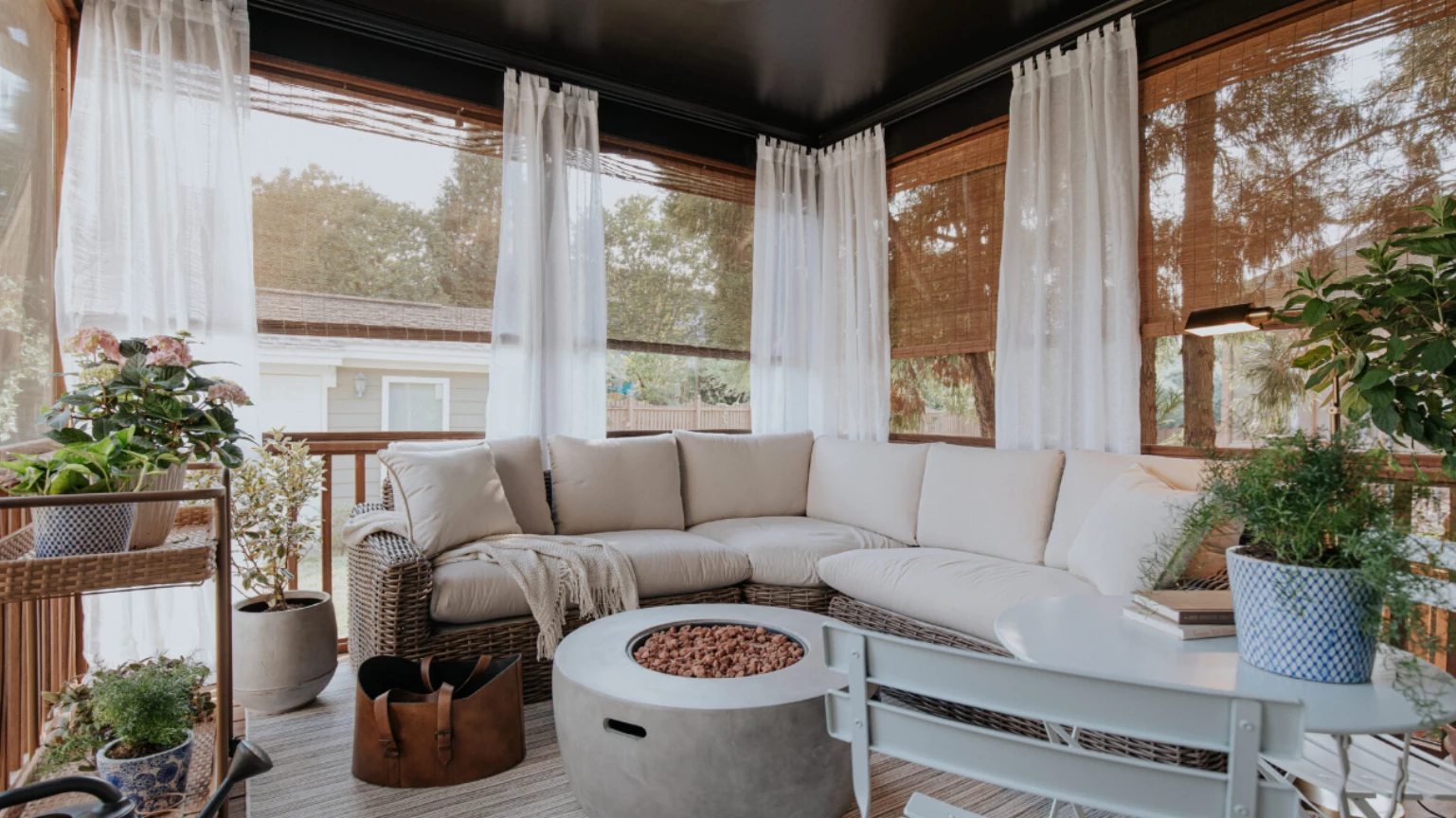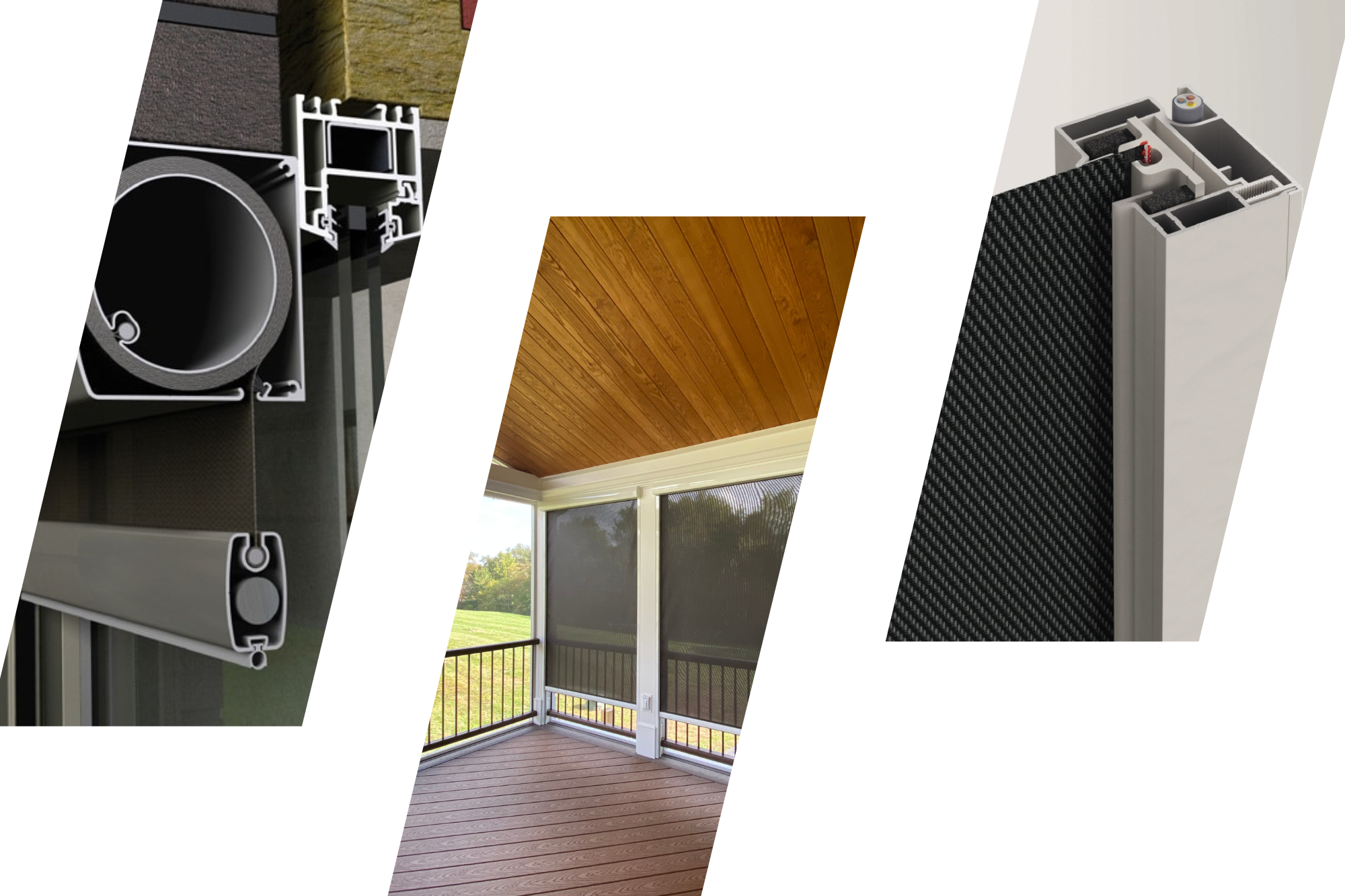What are Exterior Shade Sails, and How Do They Protect Your Outdoor Spaces?
Exterior shade sails are outdoor shade structures typically made of durable fabric and are used to protect from the sun, wind, and rain in outdoor spaces. They come in various shapes and sizes to suit different spaces and can be used in several ways, such as over patios, decks, swimming pools, or outdoor play areas.
Shade sails are designed to be highly functional and stylish, offering an attractive alternative to traditional shading options such as umbrellas, awnings, or pergolas. They are typically made from high-density polyethylene (HDPE) fabric that is waterproof, UV resistant, and long-lasting. The fabric is stretched tight over poles or supports to create a taut, shaded area beneath.
One of the critical benefits of exterior shade sails is their ability to protect from the sun’s harmful UV rays. The fabric material used in the sails is specifically designed to block out up to 95% of UV radiation, helping to prevent skin damage and reducing the risk of skin cancer. In addition, the shade provides benefits to keep outdoor spaces cooler, making them ideal for use on hot summer days.
Exterior shade sails also offer protection from wind and rain, making them suitable for use in all weather conditions. They are designed to be highly resistant to wind and are typically made from a fabric material that is both waterproof and breathable. This means you can enjoy your outdoor spaces even when the weather is less than perfect.
Another benefit of shade sails is that they are highly customizable and can be designed to suit your specific needs and preferences. They can be installed in various configurations, such as triangle, square, or rectangle, and come in various colors and patterns to match the style of your home or outdoor space.
In conclusion, exterior shade sails are a versatile and attractive way to protect your outdoor spaces from the sun, wind, and rain. They are made from durable, UV-resistant fabric material and are designed to provide a high level of protection and comfort in any weather.
So whether you are looking to shade a patio, deck, or swimming pool, shade sails are an excellent choice for those looking for a practical and stylish way to enjoy their outdoor spaces.
But over time, they may have to be replaced. Here are the three signs that will help you to identify if your exterior
Sign #1 – Deterioration of Fabric Quality and Structure
If you notice that your exterior shade sails are beginning to fray, you should replace them as soon as possible. Fraying can indicate weakness in the material and could lead to damage or even failure of the sail. If you are still determining if the shade sail needs to be replaced, have a professional inspect it to determine if it is safe.
Shade sails are a great way to provide shade and protection from the elements, but they can become unsafe over time. If you need clarification on whether your shade sail needs to be replaced, it’s best to get a professional opinion. A qualified inspector can check your shade sail’s material, structure, and installation to determine if it is safe for use. So don’t risk any potential dangers – have a professional inspect your shade sail today!
Sign #2 – Unsafe Fasteners & Components
When it comes to your exterior shades‘ fasteners and components, it is essential to ensure they are securely fastened and safe. Be sure to inspect the components regularly and replace any damaged or loose fasteners or components immediately. In addition, always double-check that your shades are properly and securely fastened before operating them.
Sign #3 – Unstable or Wobbly Poles and Supports
Unstable poles and supports can be a significant safety hazard, so it is essential to recognize the signs of instability and take action to prevent injury. Unstable poles and supports are often characterized by wobbling or swaying when touched or by leaning at an angle that is not normal. They may also have visible cracks or breaks in the material that make them unstable. If you notice any of these signs, you should take steps to repair or replace the pole or support as soon as possible.
If your exterior shade sails are sagging or unstable, you may be experiencing wind damage. Our experts will assess your shade to identify any issues and recommend a course of action to help maintain your shade sails’ integrity.
How to Choose the Best Replacement Shade Sails for Your Home
A shade sail may be the perfect option for you and your home if you’re looking for a way to offer shade to your outdoor space. These lovely backyard canopies shield your outdoor space from UV radiation while enhancing its aesthetic appeal. Here are some factors to consider when purchasing a high-quality shade sail.
Form and Performance
Most shade sails are woven from high-density polyethylene (HDPE), polyvinyl chloride (PVC), or nylon. Stainless steel D-rings and turnbuckles are used to secure the corners of a shade sail to a stable structure (such as a roof, post, wall, or tree) while installing a shade sail (stainless steel devices to adjust tension). If properly installed, shade sails should offer a taut canopy.
Shade sails are available in many shapes and styles, but generally triangular, square, and rectangular. The triangular sail is the most popular of the three types. Due to water accumulation, square sun shade sails tend to bend in the center. (They are also less graceful than their equivalent with three points.) Triangular sails can be piled more dramatically and are ideal for small and big spaces.
Climate Resistance
All shade sails should provide maximum sun protection. Look for textiles with a UPF (ultraviolet protection factor) of at least 90 percent. Sun shade sails are designed to shield your skin and eyes from the sun’s damaging rays, much like sunscreen.
In addition to UV protection, shade sails are designed to resist various weather situations, including rain and wind. If you reside in a region with severe winters, you may need to store your shade sail until spring.
The benefit of HDPE material is its stretchability and breathability, which allows wind and rain to move through the shade without damaging it. While HDPE sails can survive heat, current, and rain, they cannot protect you during a storm. Remove your shade sails to prevent damage if you anticipate a severe storm or hurricane.
PVC is less permeable, but it is ideal for weatherproof shade sails. This is useful if you use your shade sail during summer rainstorms. In this instance, you will need to angle your sail such that it does not gather water (leading to a heavy, sagging canopy).
Quantification and Installation
Before selecting a sunshade sail, accurately measure your outside space. Leave a 1.5- to 2-foot radius around the shaded area for the turnbuckles that will secure the sail to your roof or other raised surface. Remember that shade sails are measured from the edge of their corner D-rings, which are installed for hanging purposes. Typically, you will need to acquire a hardware kit designed for a triangle or rectangle sail.
Attach the hardware to a structurally sound point, such as your home’s roof. For example, rectangular and triangular shade sails are frequently set at an angle to minimize rainwater collecting. However, many residential shade sails are constructed with water-permeable HDPE material.
It is also feasible to arrange them flat or twisted into a hyperbolic paraboloid in this instance (also known as a hyper twist). This three-dimensional shape is created by joining one or two corners higher than the others. A twist increases the surface tension distribution and makes the shade sail stronger. The final product is also aesthetically pleasing.
For a further daring architectural effect, consider adding shade sails that overlap. This increases your shaded area without putting undue strain on a large sail. When installing overlapping sails, you must provide at least 12 inches of space between them. If not, wind and weather conditions can cause the sails to grind against one another, eventually causing fabric damage.
At Carolina Exterior Shades, we offer a variety of exterior shading products to help cool and protect your outdoor areas. Our product range includes motorized awnings, motorized screens, roller shades, and more. We offer installation and maintenance, and repair services to ensure your outdoor shading products are always in top condition. We have a knowledgeable staff dedicated to helping you find the perfect solution for your outdoor shading needs!
Give us a call if you need any help with exterior shade sails!





